Thronos is located in a site that offers stunning views of the Amari valley and Psiloritis. It is located below the hill Throniani Kefala, an area of great archaeological interest where findings from the Late Minoan period and the ancient city of Sybritos have been excavated. The village has a small tourist development with accommodation, a grocery store, and small shops. The village celebrates every year on August 15, the day of the feast of the Dormition of the Theotokos.
Historical References
On the hill Throniani Kefala, north of the village, the ruins of the ancient city of Sybritos have been excavated. The earliest evidence of habitation dates back to the Late Minoan II period, but the city’s heyday is considered to be the period from the Archaic to the Roman times. The city was built in villages and extended to the foothills of the hill and the villages of Agia Foteini and Genna. It held an important position in the communication between the northern and southern coasts of Crete and minted its own currency.
In the second Byzantine period, perhaps in the 13th century, a fortification was built by the Byzantines at the site of Kastellos, 800 meters east of the village. The village is mentioned by Francesco Barozzi in 1577 as Throno. In the Venetian census of 1583 by Castrofylakas it is mentioned as Throno with 350 inhabitants and 97 owed corvées, and in the census of Vasilikata in 1630 it is mentioned as Throno. In the 1834 census, which was conducted by the Egyptians, the village had 9 Christian and 6 Muslim families.
In the 1881 census, it is mentioned in the municipality of Meronas and had 58 Christian and 63 Muslim inhabitants. In the 1900 census it had 76 inhabitants and belonged to the same municipality. In the 1920 census it is mentioned as the seat of a rural municipality. In 1925 the village was designated the seat of its own community of the province of Amari, but in 1930 the seat was moved to the neighboring village of Kalogerou. The community of Thronos was re-established in 1933 and remained until the Kapodistrias administrative division, when it was annexed to the Municipality of Syvritos. Since 2011 it belongs to the municipality of Amari.
Location
Thronos is a village and the seat of the homonymous community of the Municipality of Amari, in the Regional Unit of Rethymno, Crete. It is located 32 kilometers from Rethymno at an altitude of 540 meters, on the western foothills of Psiloritis, overlooking the Amari valley.
Historical Significance
Thronos’ historical significance extends far beyond its current village boundaries. The nearby hill of Throniani Kefala harbors the remnants of the ancient city of Sybritos, a testament to the area’s prominence in antiquity. Sybritos flourished from the Archaic to the Roman periods, minting its own currency and playing a vital role in connecting Crete’s northern and southern coasts.
During the Byzantine era, Thronos served as the seat of the bishop of Sybritos, further solidifying its historical importance. The village’s name, meaning “throne” in Greek, is believed to derive from this ecclesiastical connection.
Population Data Over the Years
Census Year |
Population |
|---|---|
1900 |
76 |
1920 |
119 |
1928 |
136 |
1940 |
152 |
1951 |
135 |
1961 |
91 |
1971 |
74 |
1981 |
87 |
1991 |
125 |
2001 |
83 |
2011 |
65 |
Current Status
Today, Thronos maintains its traditional charm while embracing a modest level of tourism. The village offers visitors a glimpse into Cretan rural life, with its picturesque setting, historic churches, and proximity to archaeological sites. While the population remains small, Thronos continues to be a living testament to its rich past and enduring spirit.
In conclusion, Thronos is a village steeped in history and natural beauty. Its historical references, strategic location, archaeological significance, and population trends offer a multifaceted understanding of its past and present. As Thronos navigates the 21st century, it remains a cherished part of Crete’s cultural heritage.
Village Key Points
- Historical References: References by Francesco Barozzi (1577), Venetian censuses (1583, 1630), Egyptian census (1834), Greek censuses (1881, 1900, 1920).
- Location: Western foothills of Psiloritis, 32 kilometers from Rethymno.
- Historical Significance: Ancient city of Sybritos, seat of the bishop of Sybritos during the Byzantine period.
- Current Status: Village with small tourist development.
Access
Thronos is 19.9 kilometers away from the town Rethymno and 3.1 kilometers away from Meronas.













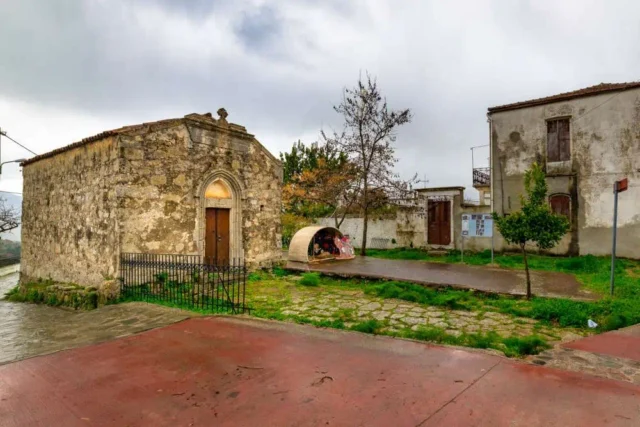

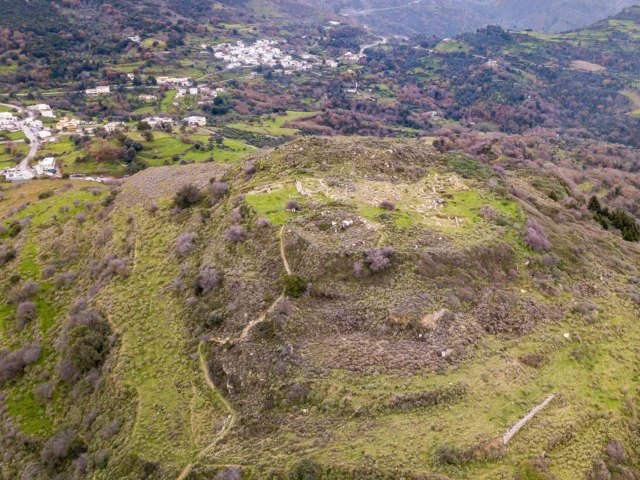

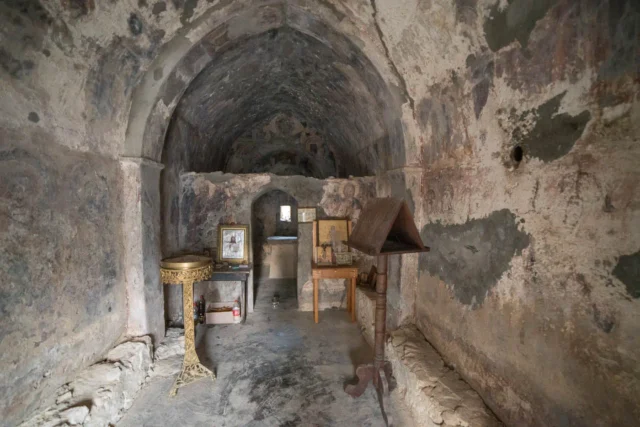

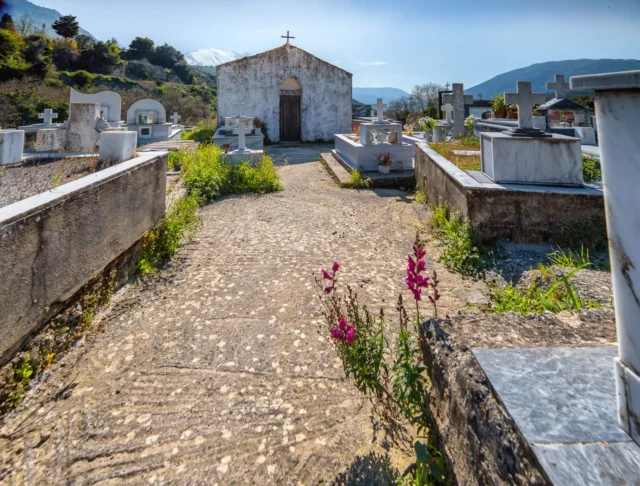

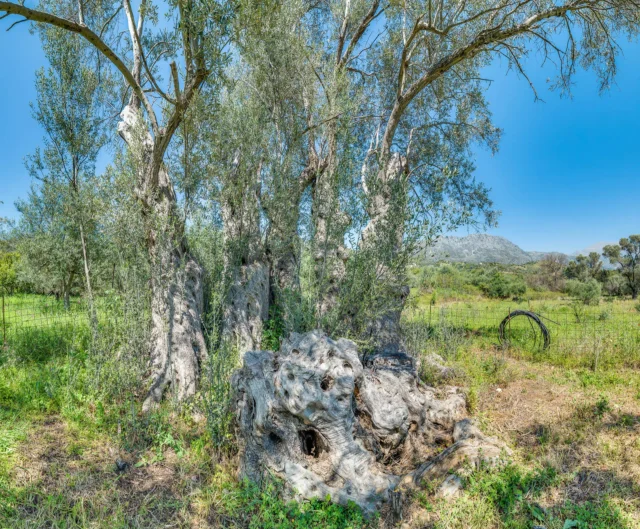

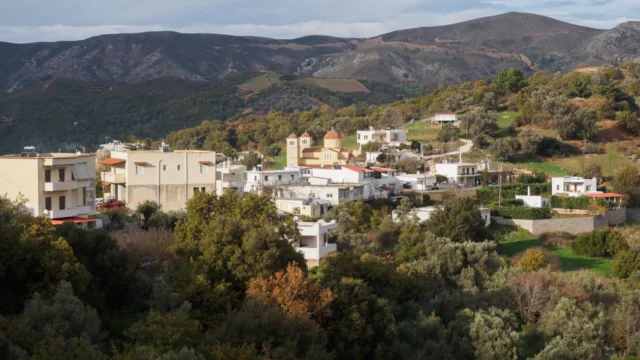

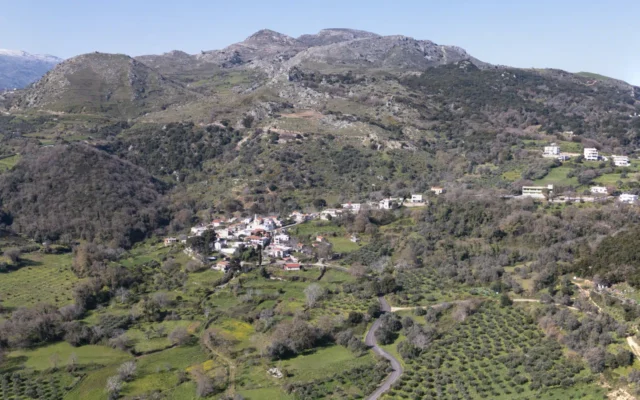
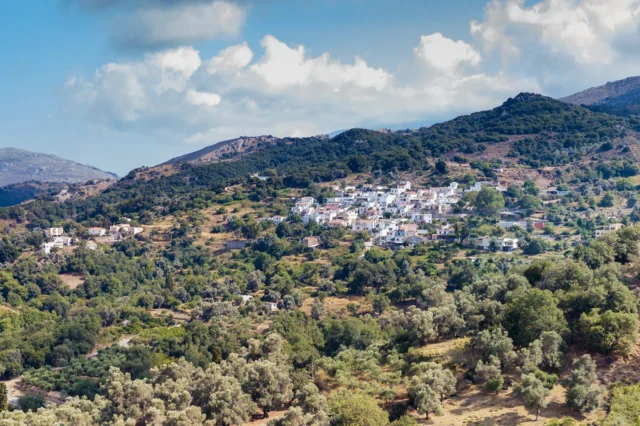
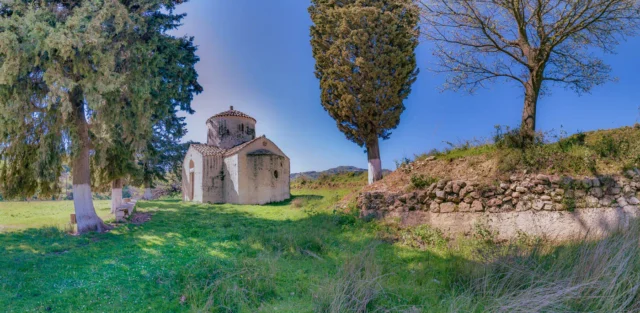

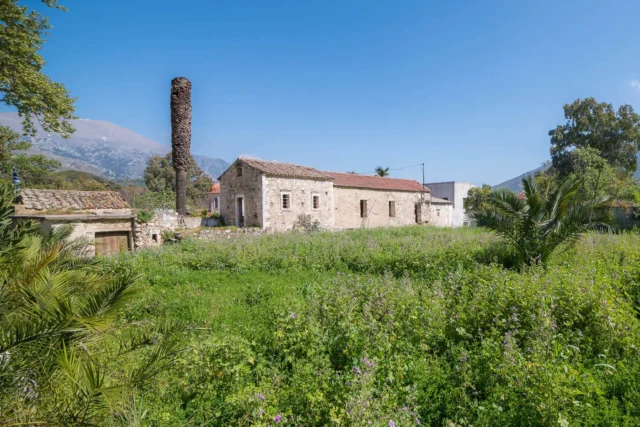
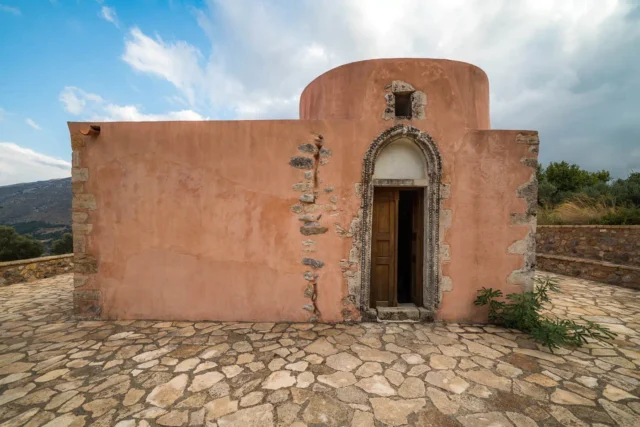
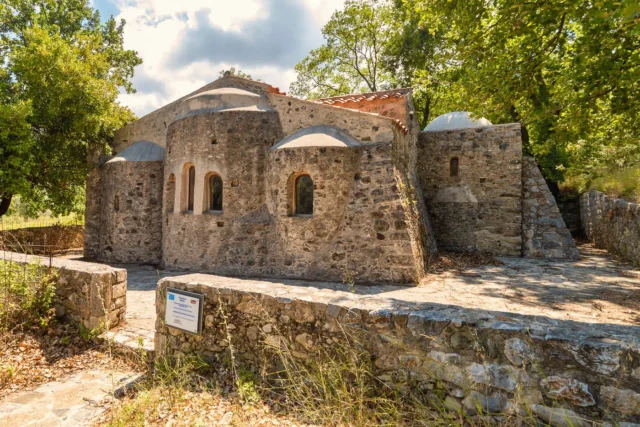
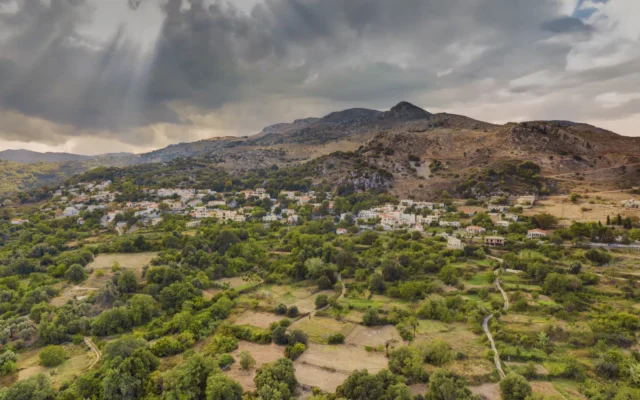

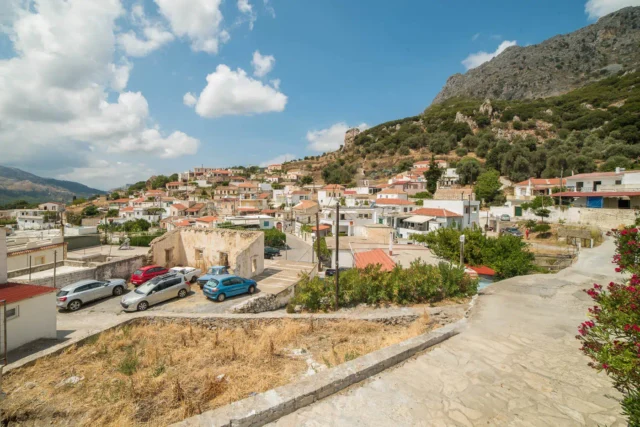
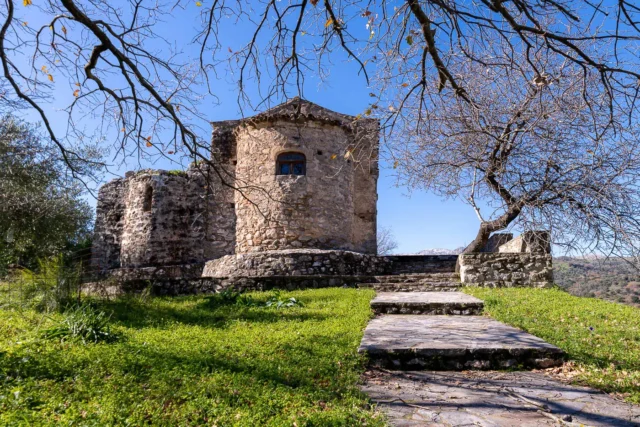
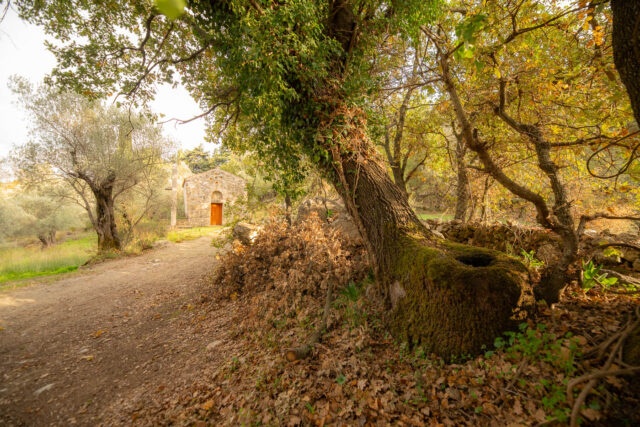

There are no comments yet.